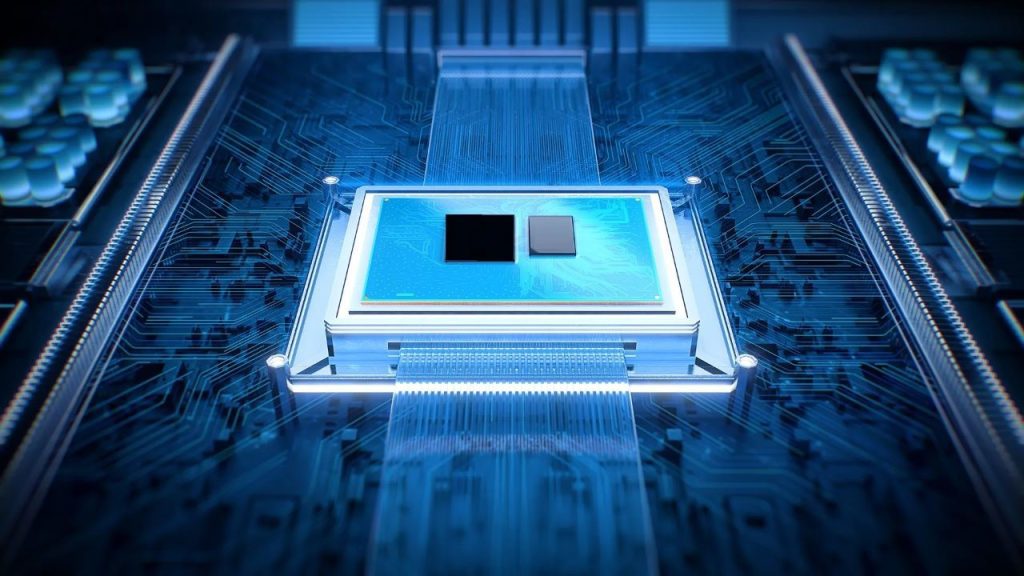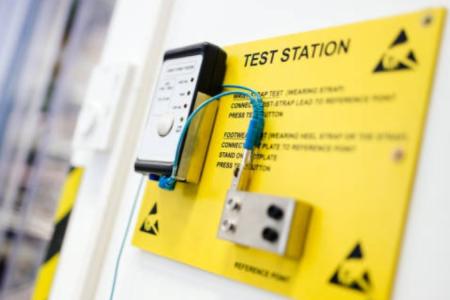Introduction to Bootloaders: A Guide for Embedded Developers for Efficient Firmware Updates

Introduction: A bootloader is a small piece of software that is responsible for starting up a device and loading the operating system or application program. It is typically stored in non-volatile memory, such as ROM or flash memory, so that it is not erased when the system is turned off. What does a bootloader do? […]
What is EU MDR (European Medical Device Regulation)? – A Guide for Medical Device Manufacturers

1. Introduction The EU MDR (Medical Device Regulation) is a new regulation that governs the production and distribution of medical devices in the European Union. It came into effect on May 25, 2021, and replaced the MDD (Medical Devices Directive) and AIMD (Active Implantable Medical Devices Directive). The MDR introduces more stringent requirements for medical […]
Your Step-By-Step Guide for Performance-Level Calculations of Safety-Critical Electronics

1. Introduction If you are a designer of an electronic system and you need to understand how well your system reacts to a state that can cause harm to a human being (a battery pack catching fire due to cell overvoltage or cell over temperature), it is useful to calculate a “Performance Level”. This guide […]
How to Interface a Hard-Core Processor with FPGA (Parallel Asynchronous Interface)?

What is a Hard-Core Processor? A hard-core processor is just like any other processor in terms of functionality and application. It has all the basic building blocks such as registers, memory interfaces, ALU etc. and is fully capable of performing general purpose computing tasks. However, unlike soft-core processors, it has a fixed design layout and […]
Common JTAG Connectivity Issues and How to Solve Them (A Designer’s Perspective)

Why Do We Need JTAG? With recent advancements in technology and shrinking device sizes, it becomes more difficult to be able to test the design and the underlying circuitry. There’s often no space available to attach probes or have test ports if you have to examine the performance and functionality of the device. That’s where […]
How to Write A Driver for Accelerometer LIS3DSH in Zephyr?

In our previous Zephyr blog, we looked at how to interface a simple IMU – Accelerometer sensor with Zephyr RTOS running on NRF52832. Knowing how to interface sensors over SPI protocol allows user to communicate with sensor’s register and get values for acceleration. We saw how we can create our own library for the sensor, […]
SoC vs SoM : System on Chip vs System on Module

What is System on Chip, SoC? A System on Chip or SoC is a key component in Embedded Systems today. An SoC refers to a single chip or IC with a completely electronic or computer system fabricated. It usually integrates a CPU, GPU, DSP, memory, I/Os, and external interfaces such as USB and analog input […]
ESD Best Practices

What is ESD? ESD Stands for Electrostatic Discharge. Electrostatic discharge occurs when electricity flows through a conductive body when touched by another charged body. This usually happens when two charged bodies are in physical contact. In the case of electronics, this phenomenon occurs when the circuit is shorted out at some place, or a capacitor […]
How to Choose Between Microcontroller and FPGA for Your Embedded Application?

You may wonder if you should use Micronctroller or FPGA for your next embedded application. It’s important to know the difference between the two. Let’s have a look at this table for a brief comparison. Features MCU FPGA Hardware Structure MCU has a fixed hardware structure. It only offers the custom use of that hardware. […]
Hold-Up Capacitor: Calculations and Uses

What is a Hold-Up Capacitor & When Do We Need It? In real-time critical applications such as avionics and life-support systems, it is very important to have an uninterruptable power supply supplying adequate power to the system. Any sudden drop in power can jeopardize the system’s working, leading to fatalities in the worst-case scenario. Here […]


